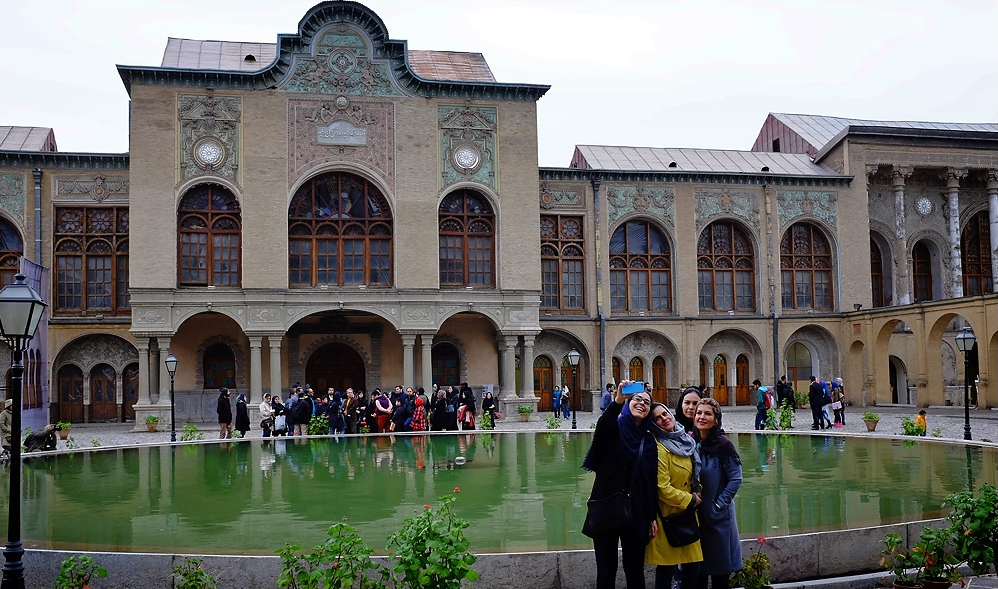Senior officials of a Chinese holding company have expressed eagerness to invest in Iran’s historical houses and caravansaries along the ancient Silk Road to develop tourism.
Developing Silk Road tourism is of such importance that the UN World Tourism Organization has established the Silk Road Program to ensure its success.
Investors from China, which is widely expected to greatly profit from the Silk Road tourism program, have started negotiations with Iranian officials to receive the permit for managing up to 20 historical sites in Iran by restoring and repurposing them as tourist destinations, ISNA reported.
Preliminary discussions were recently held between senior executives of the China-based Eurasian Holding and Trading Company and officials of Iran’s Revitalization and Utilization Fund for Historical Places.
The Chinese have singled out Iran as “the closest country to China in the Middle East”, as the two nations are connected via the Silk Road. They are interested in exploring investment opportunities along the ancient route in Iran.
Should the two sides reach an agreement and sign a contract, the Chinese will invest in the sites and gain the right manage them, allowing them to reap its economic benefits. However, breaking contract, which includes inflicting damage buildings, will void the contract, resulting in the fund reclaiming the site in question.
If the talks go well, senior executives of the company will hold a meeting with Iranian officials in Tehran to sign a contract.
Incorporated in August 2010, the Eurasian Holding and Trading Company is a private company. It is a transnational investment holding that manages multiple businesses in several Commonwealth of Independent States’ countries, which is a regional organization formed following the breakup of the Soviet Union and includes nine former Soviet Republics.
The Silk Road is an ancient network of trade routes that for centuries were central to cultural interaction through regions of the Asian Continent connecting the West and East from China to the Mediterranean Sea.
Located in the middle of the route, ancient Persia was one of the main trade hubs along the road, serving as a gateway between the East and West.


